System Analysis Case: Functional Requirements for NPC System
VerifiedAdded on 2023/06/12
|7
|774
|316
Case Study
AI Summary
This document presents a system analysis case study focusing on the Neighborhood Power Cooperative (NPC). It includes an event table to develop a list of functional requirements for an initial investigation report. The analysis addresses issues such as renewable energy systems ceasing operation, revoked energy storage licenses, and terminated contracts with renewable energy sources. It also covers the use of smart meters, storage devices, and inverters within a grid-connected renewable energy system. The document further discusses the potential for the Neighborhood Power Cooperative to participate in the Wholesale Electricity Spot Market (WESM) and highlights the importance of meeting power needs through various storage solutions and smart meter technologies. References are provided to support the analysis and findings. Desklib provides access to similar solved assignments and study resources.
1 out of 7
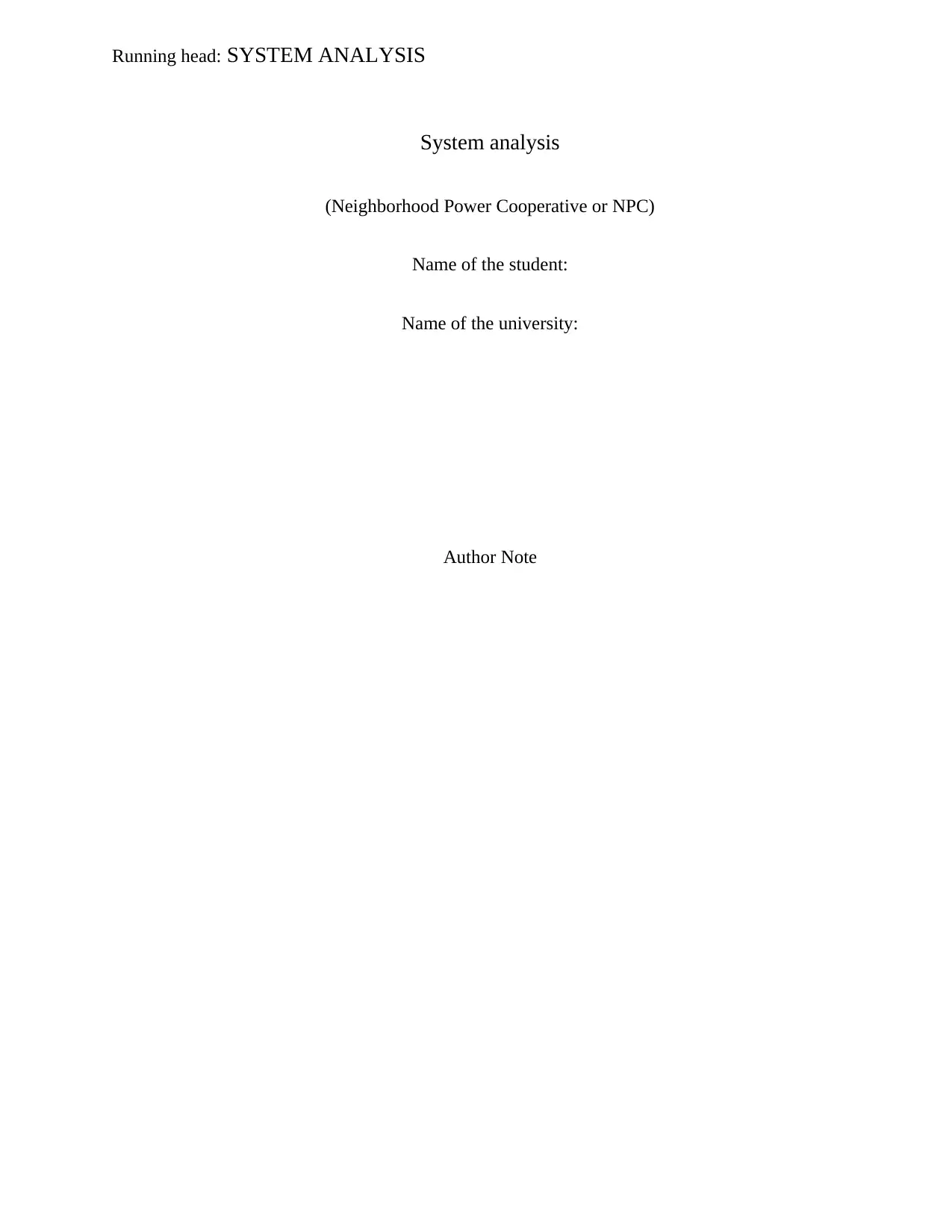
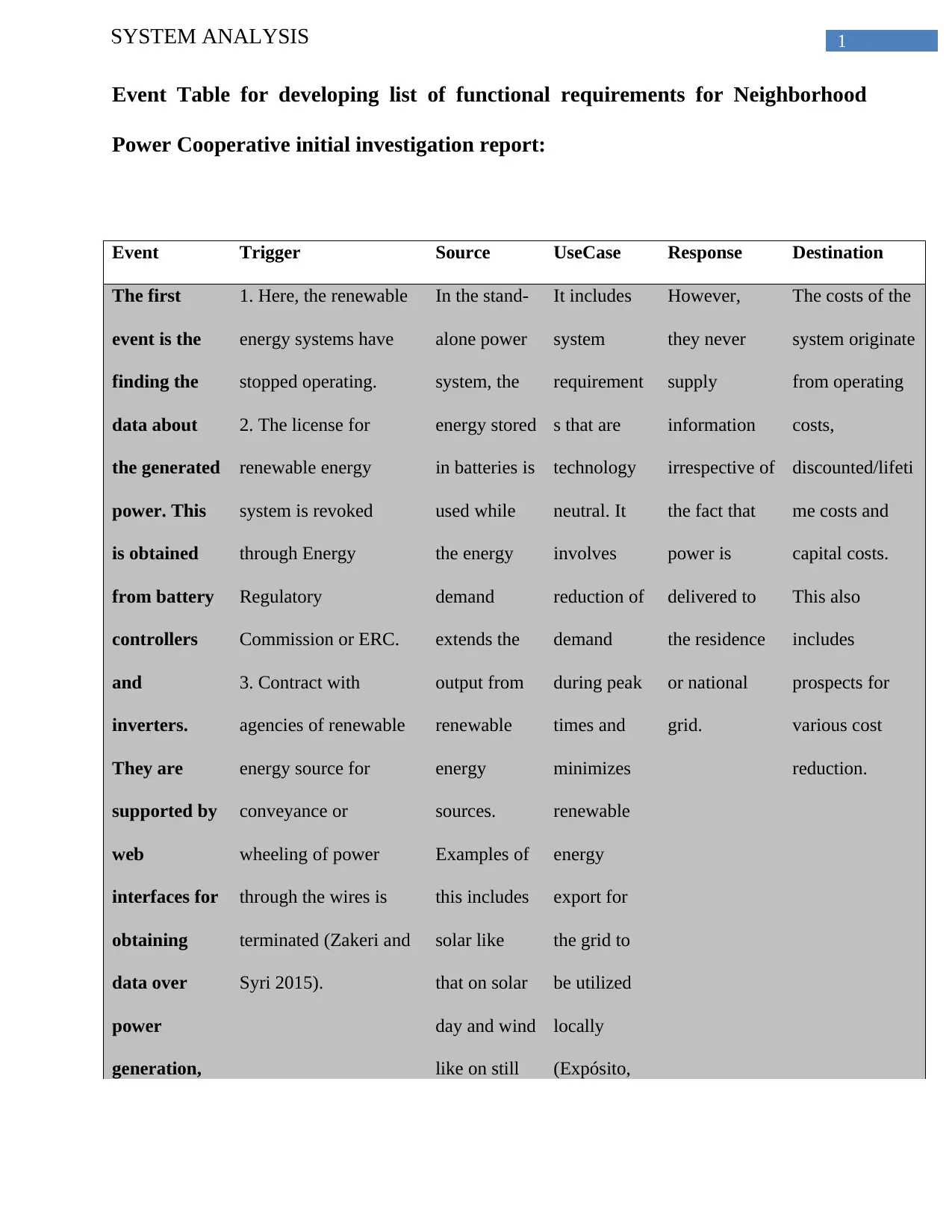
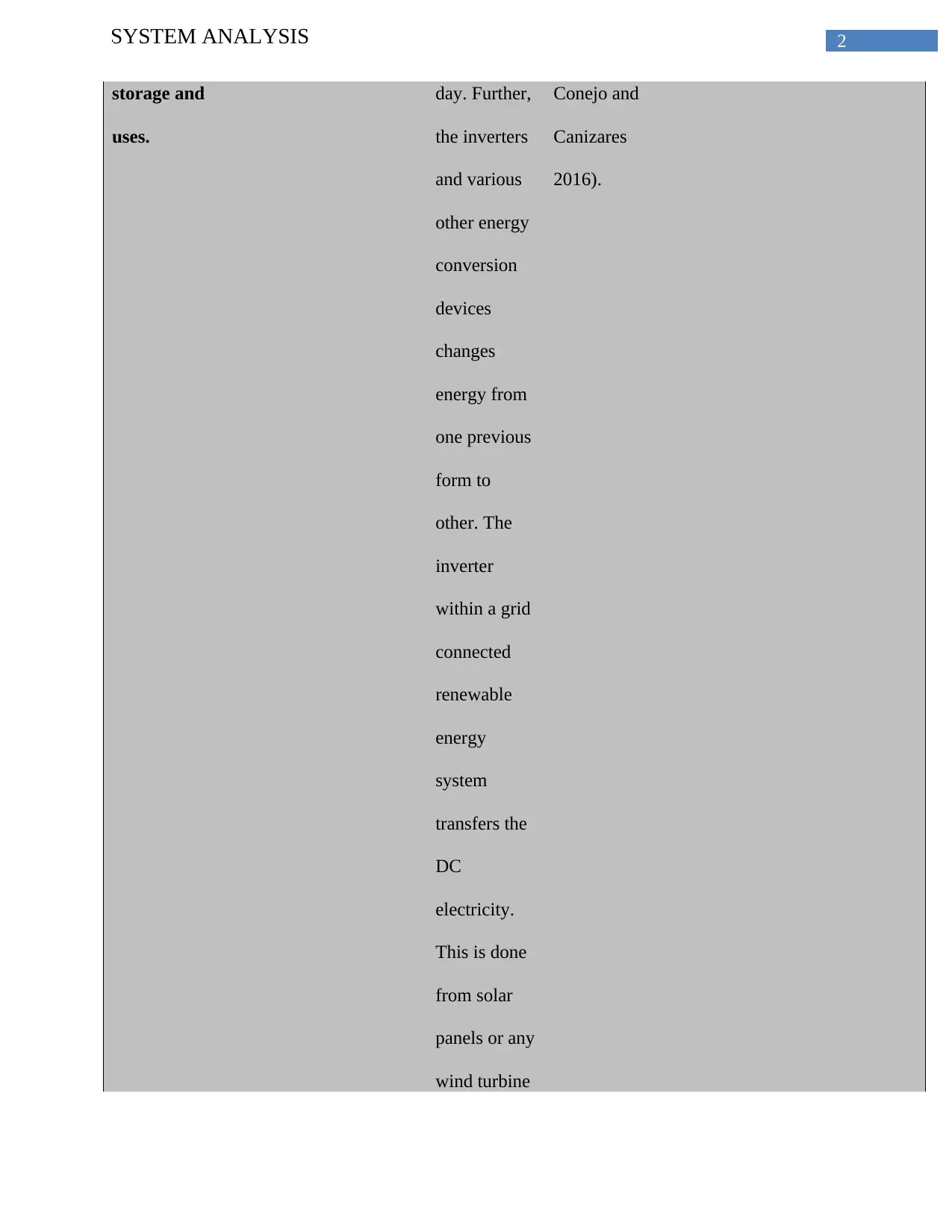

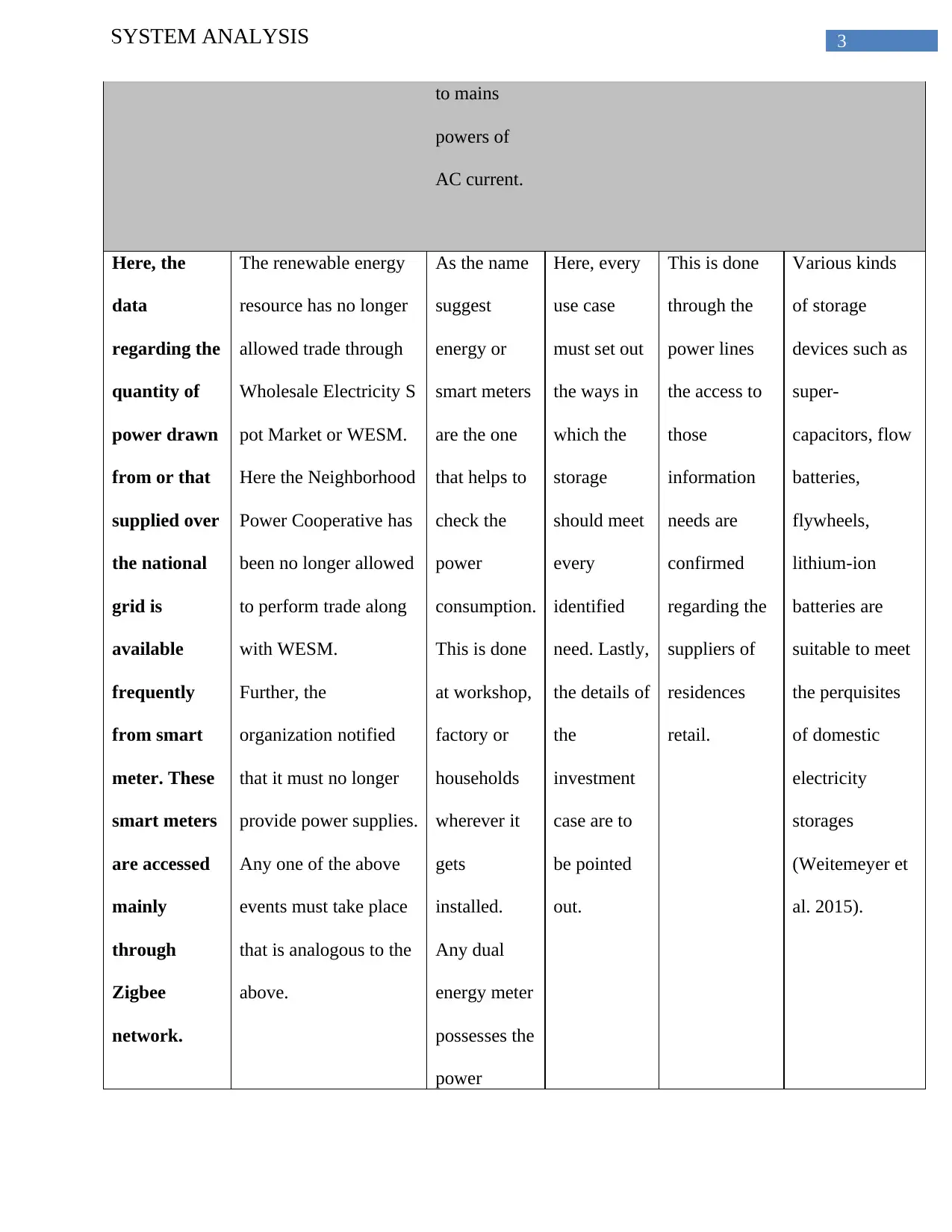
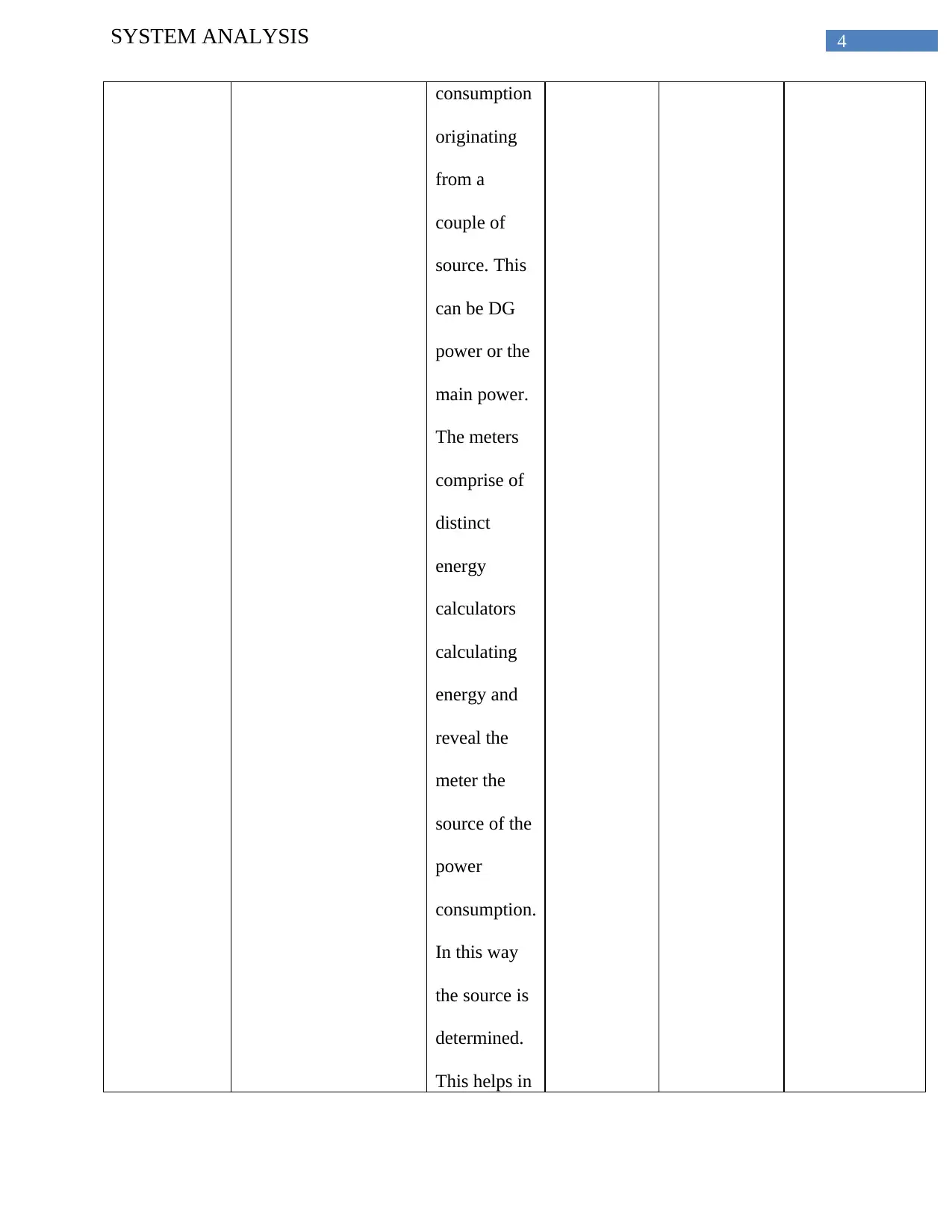
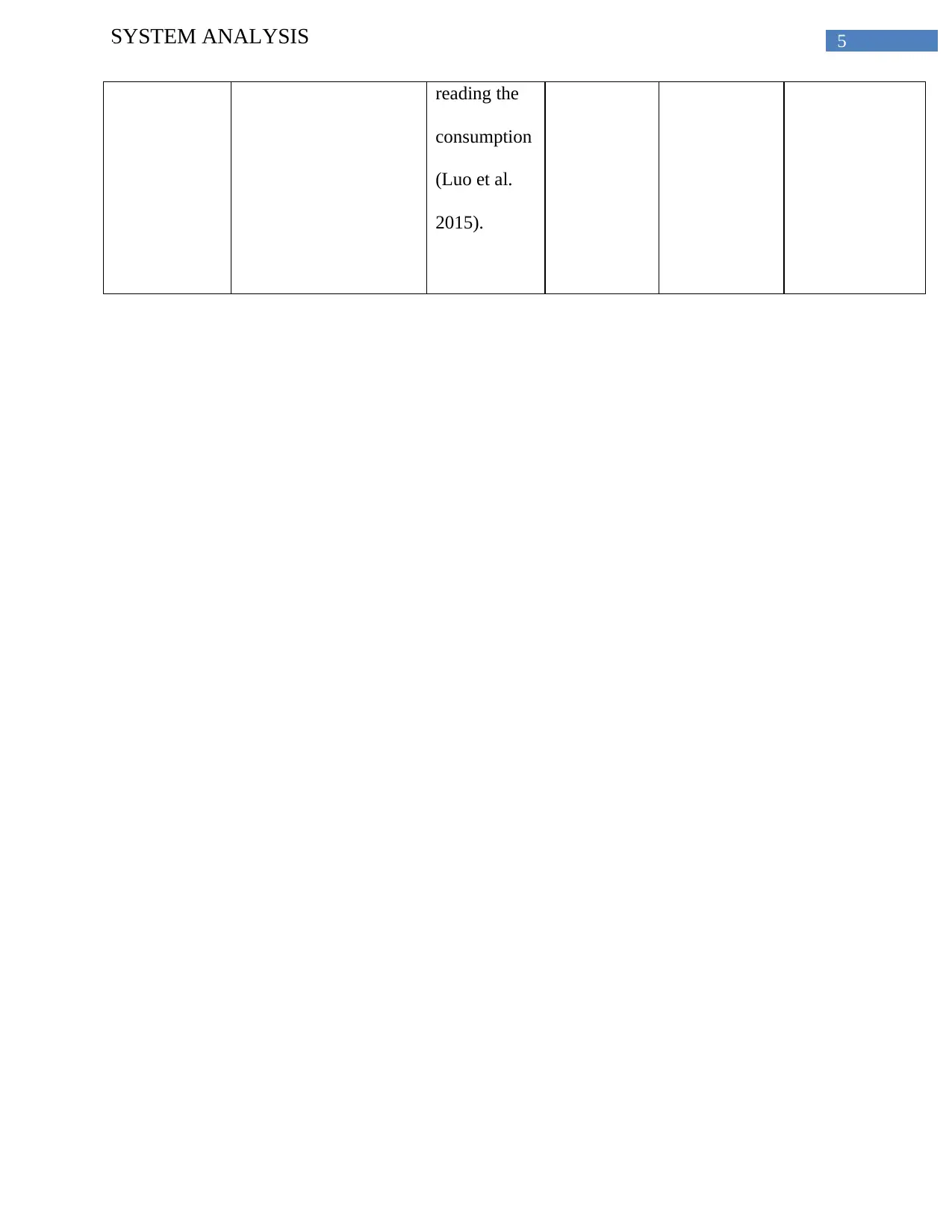
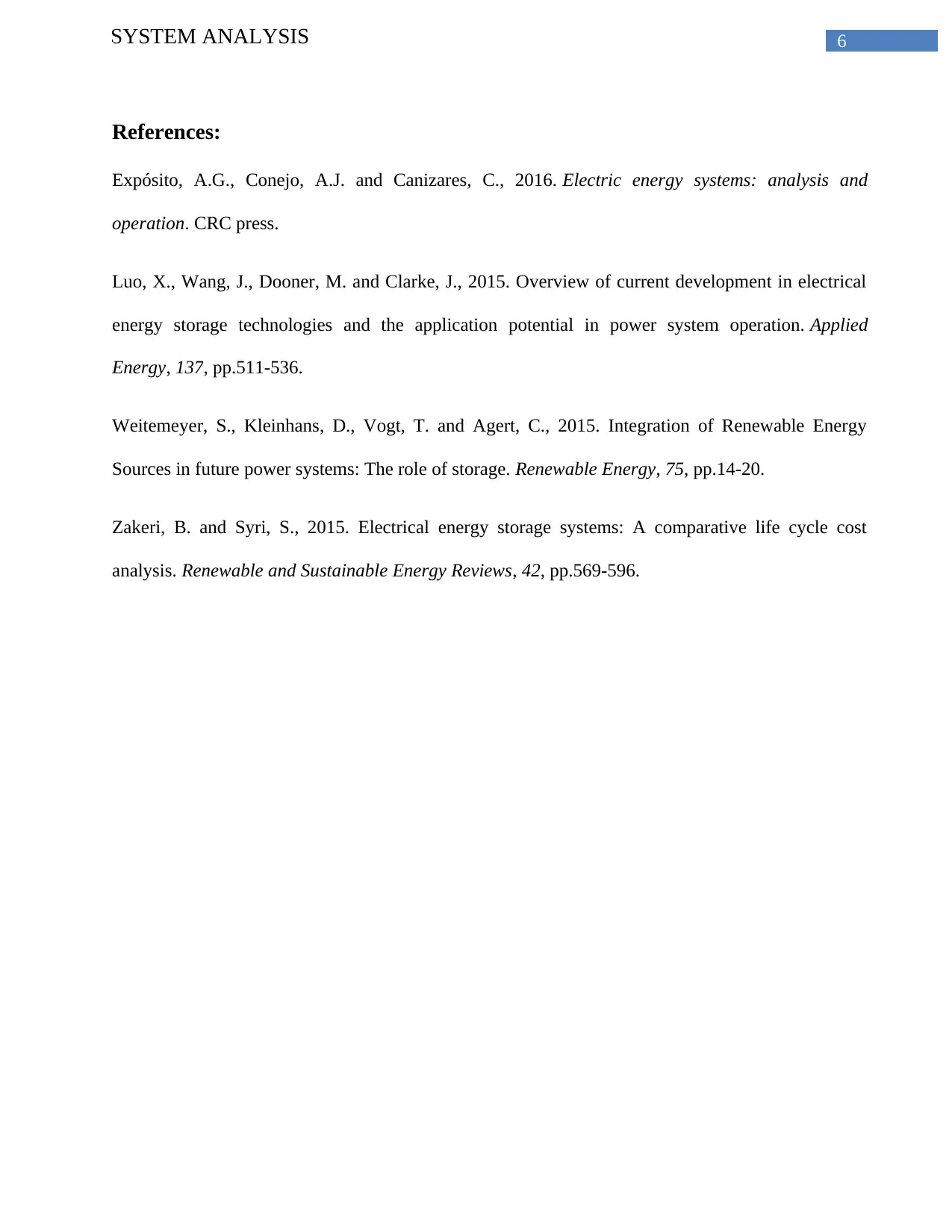






![[object Object]](/_next/static/media/star-bottom.7253800d.svg)